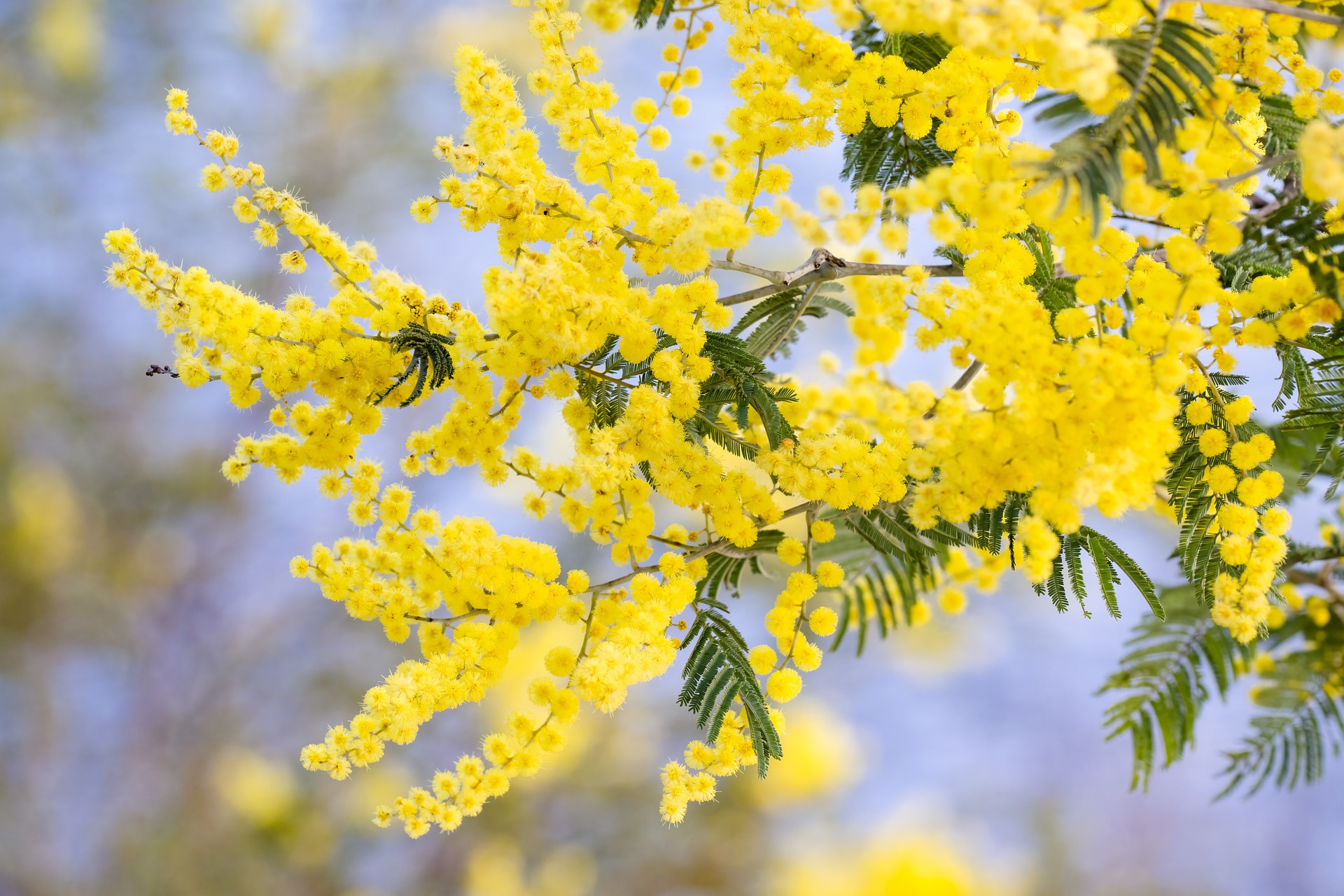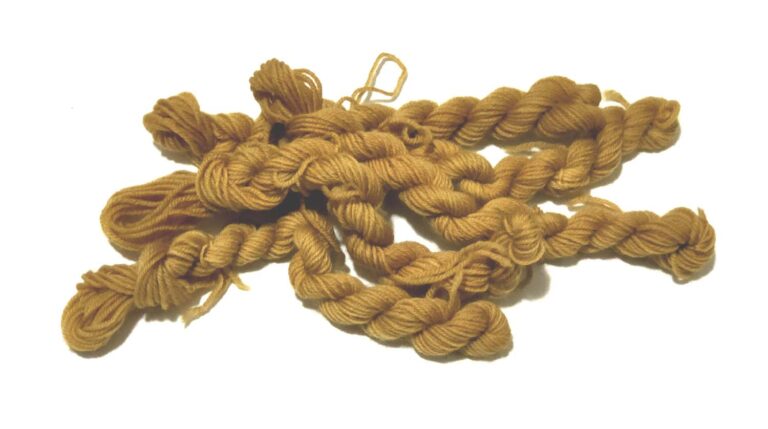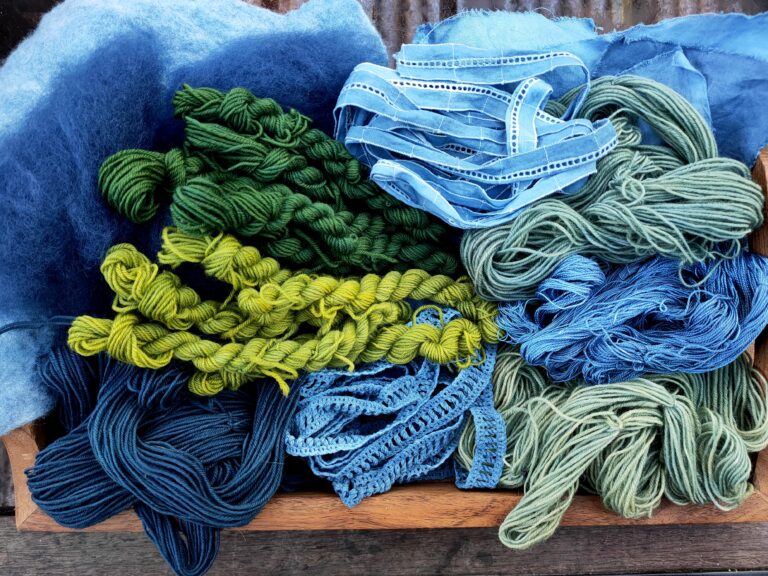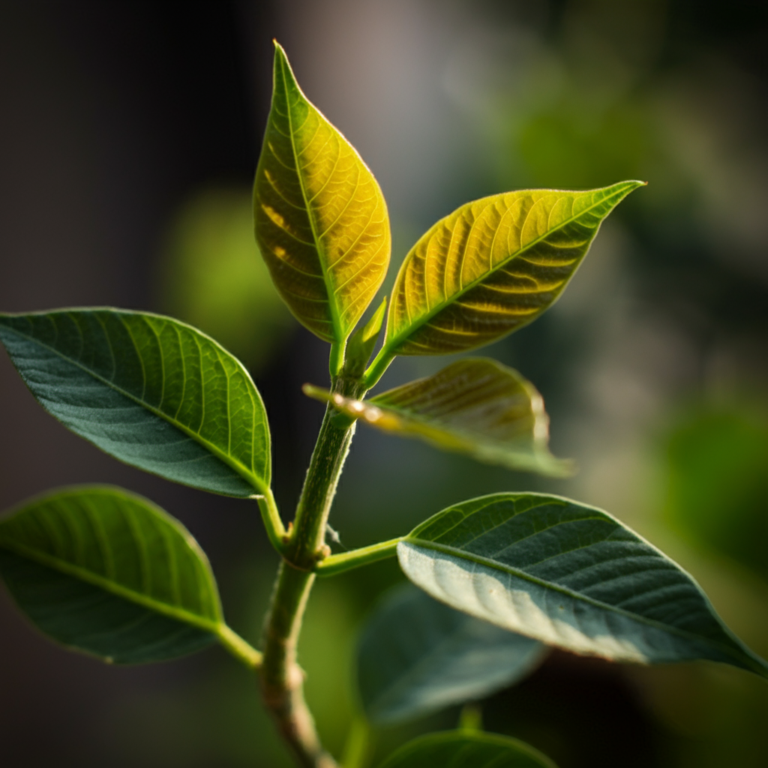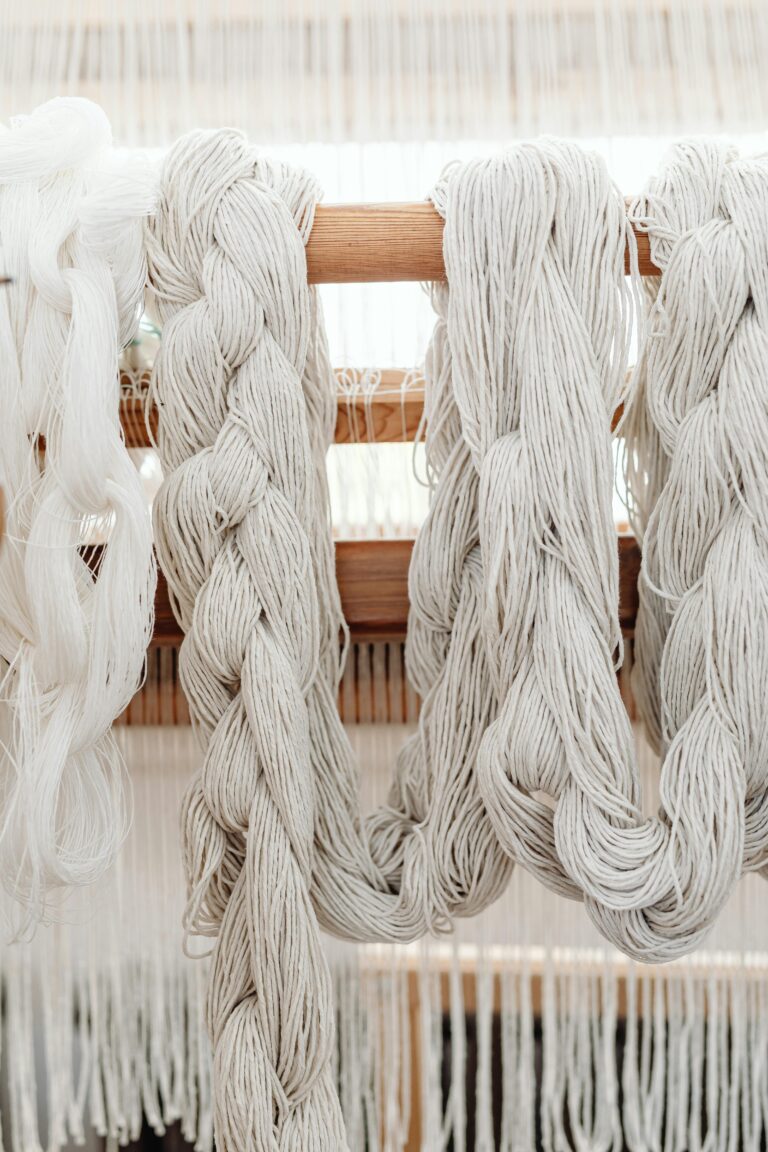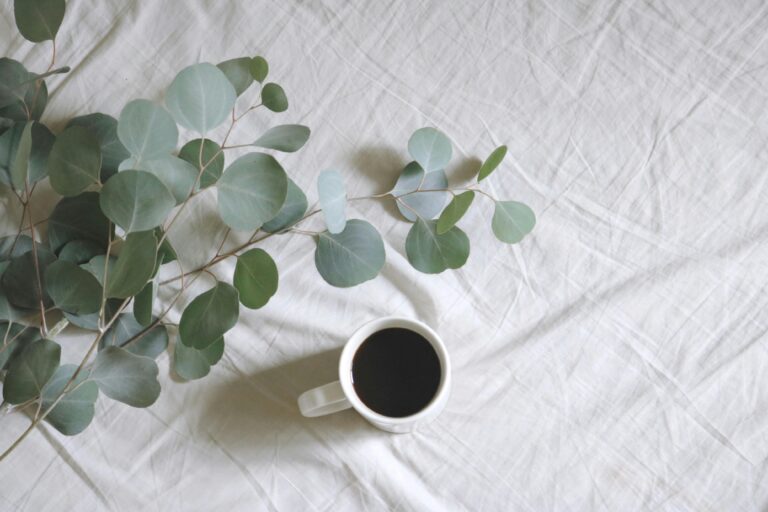Using an Additive when dyeing with Wattle Leaves

Sometimes it is easy to think that you are not getting great results when natural dyeing but then you try adding an additive and the fun begins. Try this while dyeing with wattle leaves!
Solar Dyeing
With this experiment, as with most , I am going to use the process of solar dyeing.
This is basically putting your dyestuff in a glass jar and leaving it in the sun to work its magic. The beauty of living in Australia means that I do have the benefit of hot summers. If you don’t have these conditions, it does not mean you cannot try this process. You will just need to experiment with your own environments advantages and disadvantages. Leave it in a room that gets sunlight and may have great heating or try longer dyeing periods.
These experiments are only to show you what has and hasn’t worked for me, so you can pick through the information to start your own experimenting journey.

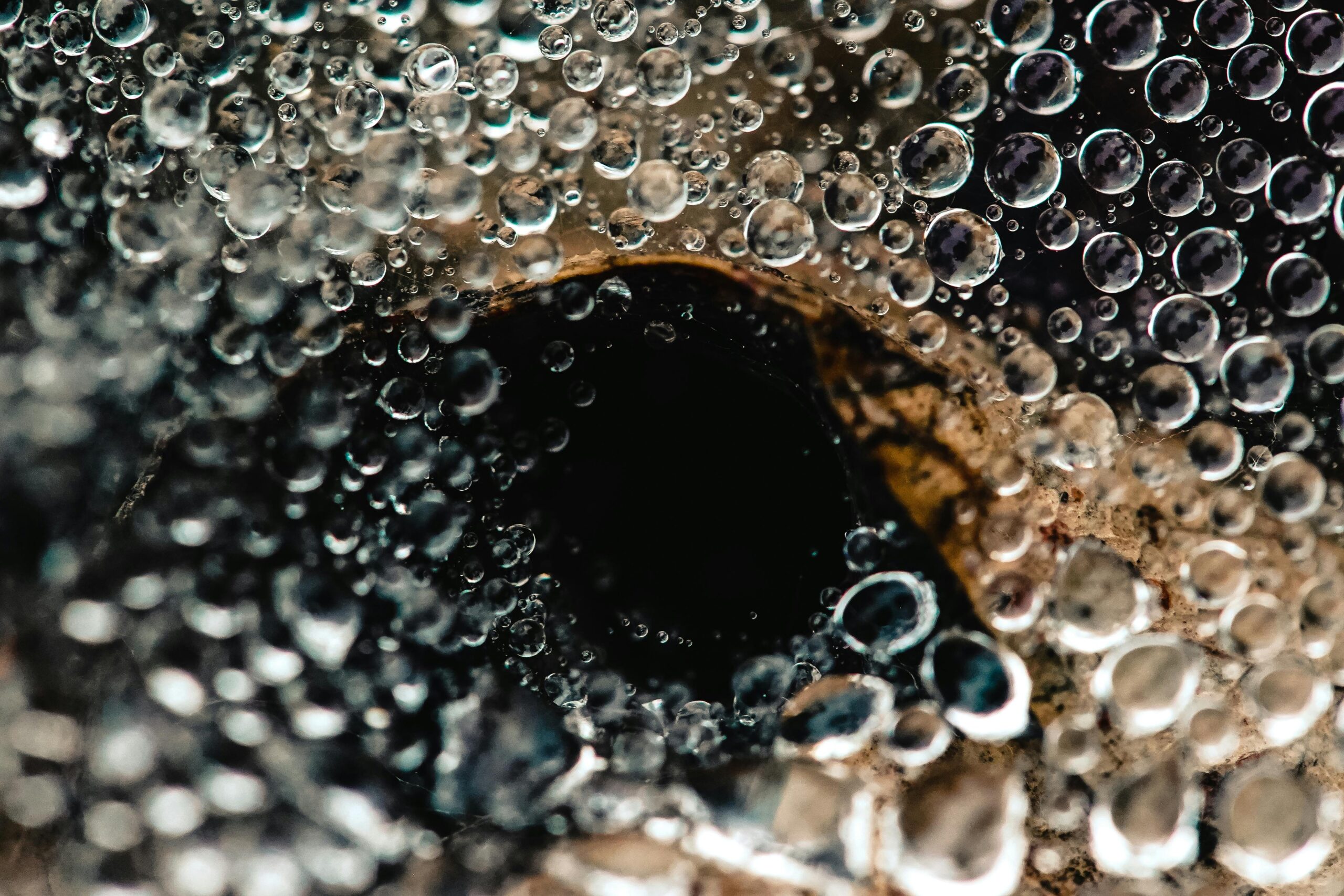
Fibre Preparation
Before dyeing you must first scour and mordant your fibre. For information on these processes, try this post.
What you will need when dyeing with wattle leaves
Boiling water
Wattle Leaves- I was fortunate enough to get my hands on some wattle leaves and branches when several large branches of a tree were being cut down. I tried this experiment first with fresh cut leaves and alum mordanted roving. Once I realised how successful this was going to be, I then did more experiments on the leaves that were starting to dry out. I worked with alum and iron mordanted wool roving.
Wool Fibre- Wool roving in 10 g lots. 2 mordanted with alum and 1 with iron.
Bowls
Glass Jars
Soda Ash
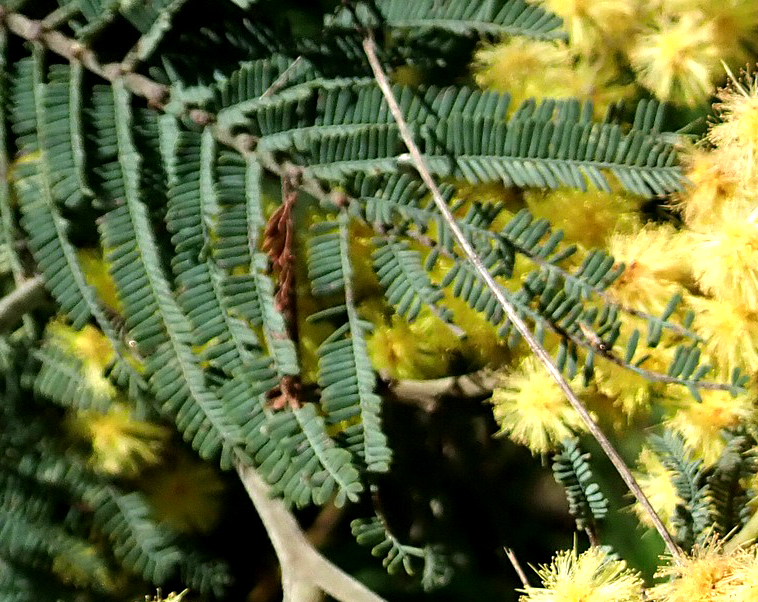

Procedure
Step 1:
Place your leaves into a bowl and cover with boiling water.
Step2:
When cool enough, transfer into your glass jar and leave outside for a week.
Step 3:
Sieve your dye and add your wet fibre. Leave outside in the sun for 1 week. (It was summer in Australia, so was quite warm)
Note: I realised after a few days that the colour was not very strong so decided to add some Soda Ash into the mix. Soda Ash increases the pH of the dye, and can be a great way to get a different colour from your dye material if it is pH sensitive. You don’t need a great deal, and in this instant I was not trying to reach any particular pH level. I was just having a play to see if the Soda Ash would help produce colour.
Dissolve a pinch of Soda Ash into hot water and add to your dye bath. Gently mix. (Do this before adding your wool.)
Step 4:
Take your wool out of the jar and leave to dry completely without rinsing.
Step 5:
Rinse in water baths until they are clear. As I was using roving I did not want to use running water to start it felting, so I used a few bowls of water. Always make sure you wool does not experience dramatic temperature changes. Make your water room temperature. Leave to dry
Results of dyeing with wattle leaves
The top picture shows the roving and felt from the first experiment. The leaves were very fresh at this stage.
The second picture shows the second experiment with both alum and iron mordant. In this instant the leaves had partially dried out. The pieces on the white paper are the 4 week sun test for both experiments, with the top piece of felt being the fresh leaves and the bottom two being from the partially dried leaves.
I turn the roving onto wet felt as I figured that the wet felting procedure would be a good indication of how well the dye stands up to washing. For the sun test, the felt was left on a window sill for 4 weeks in the hot Australian summer to see if it would fade.
As you can see from the pictures, I achieved some great results from just having a play. The alum pieces did dye slightly differently between the 2 experiments. As you can see from my scribbled notes, I am not sure if this is because the leaves were in different stages of decay. The more likely reason is most probably differing pH levels. As this was really a play with some leaves that I happened to be given, I did not check the pH levels between the baths. It was just a case of adding a pinch of soda ash and see what happens. Either way I was glad to play and really happy with the results.
I hope this helps and encourages you to try your own experimenting in the world of natural dyes. 🙂
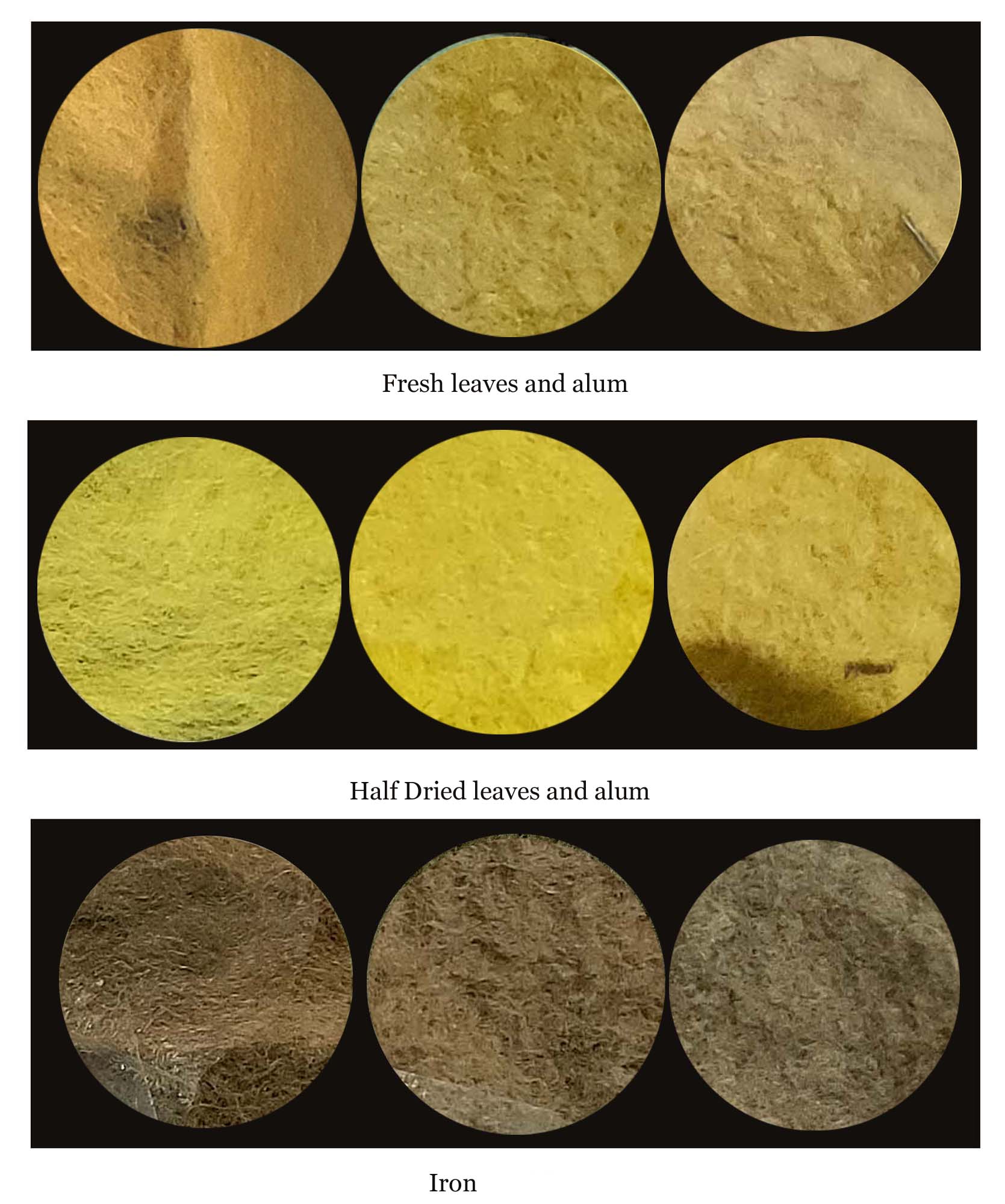
Join us on Instagram www.instagram.com/DyetoCraft
Etsy Shop Now open
If you like the idea of using organic naturally dyed threads in your craft but just don’t have the time, come and have a look at our Etsy Shop where you will find an array of beautiful colours provided by nature.

